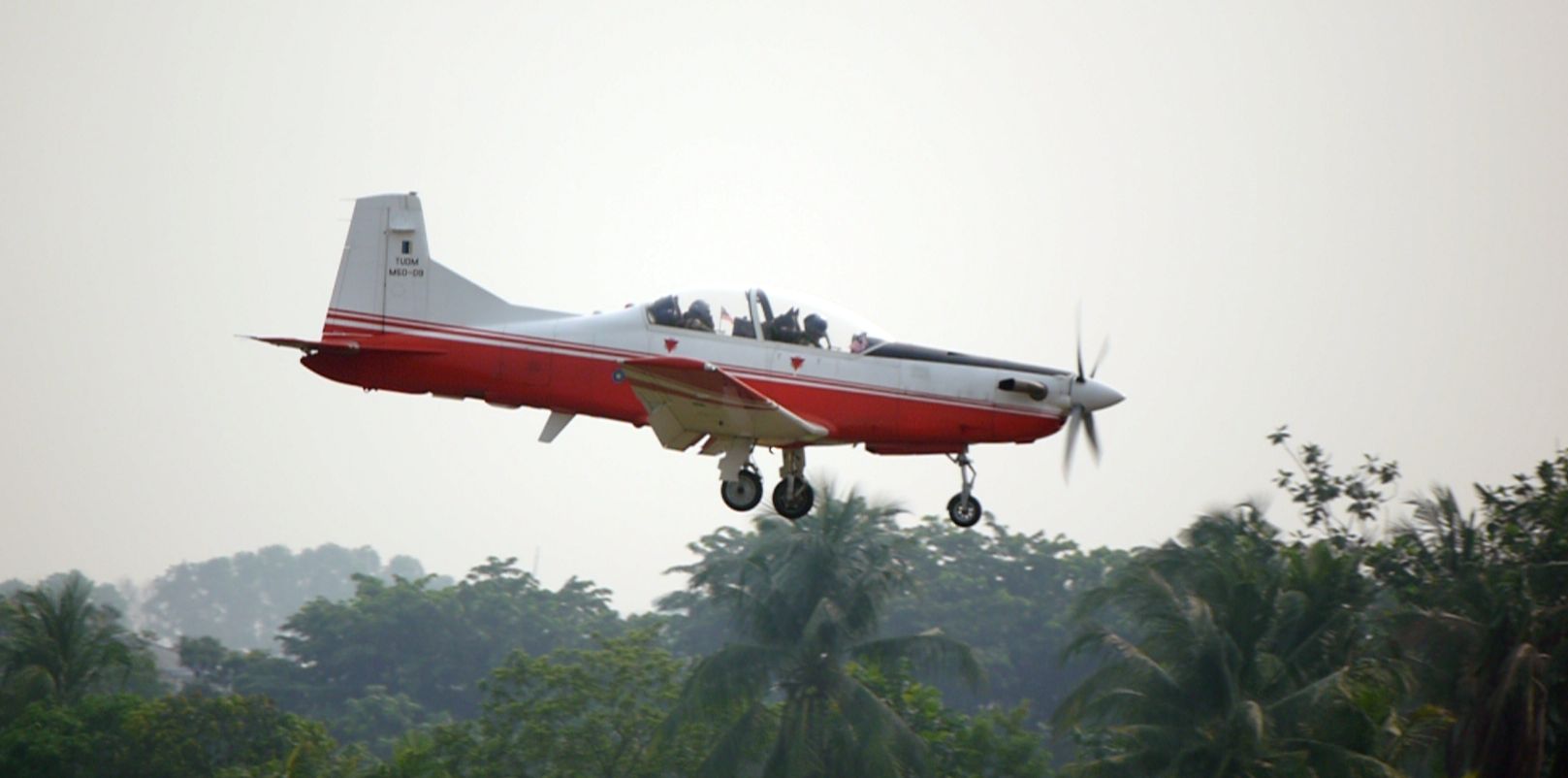
SHAH ALAM: At LIMA 2023, two deals regarding the Pilatus PC-7 MK II turboprop trainer were inked. One was a contract to the OEM, Pilatus Aircraft Limited and the other was a Letter of Acceptance for RUAG Switzerland.
From the original post:
Pilatus Aircraft Limited. RM185.1 million for the maintenance service and supply of article for Pilatus PC-7 Mark II turboprop trainer.
RUAG Schweiz (International), Switzerland. RM86 million for the maintenance and refurbishment of PT6A-25C engines and its related components. This are the engines on the Pilatus PC-7 Mark II light trainers.
As usual there was no further details on the contract/LOA signed. However, on May 31 (yes I know its one month ago), RMAF in a Facebook post gave a small inkling what is going on with its turbo-prop trainers. RMAF operates around 21 Mark II turboprop trainers with four lost through crashes since the first aircraft was delivered in 2007. Two of the crashes were fatal.
Anyhow, the post stated that the Mark II tail number M50-02 has been declared fully operational after undergoing the Technical Services for Structural Reworks Programme (TSSR) Phase One.
Tail 02 – the baseline aircraft for the TSSR – underwent the work at Pilatus facility in Switzerland where the aircraft were originally manufactured. The TSSR programme involved the replacement of the whole airframe (fuselage and wings) to a new material which were more resistant to corrosion. RAMF had hinted at the corrosion issue on the Mark II fleet for several years now though it never stated the extent.
Following the completion of Phase one of TSSR – which saw three RMAF technicians sent to Switzerland for an on-the-job training at Pilatus, the other Mark II trainers will undergo the same work at Kolej Tentera Udara at the Alor Setar airbase.
Perhaps, the contract/LOA signed at LIMA 2023 is part of the TSSR programme. Perhaps it is not. It must be noted that previously, the maintenance work on the Mark II and Mark Is (which has since been retired) at KTU were contracted to Airod but the job most of it has now been undertaken by RMAF itself.
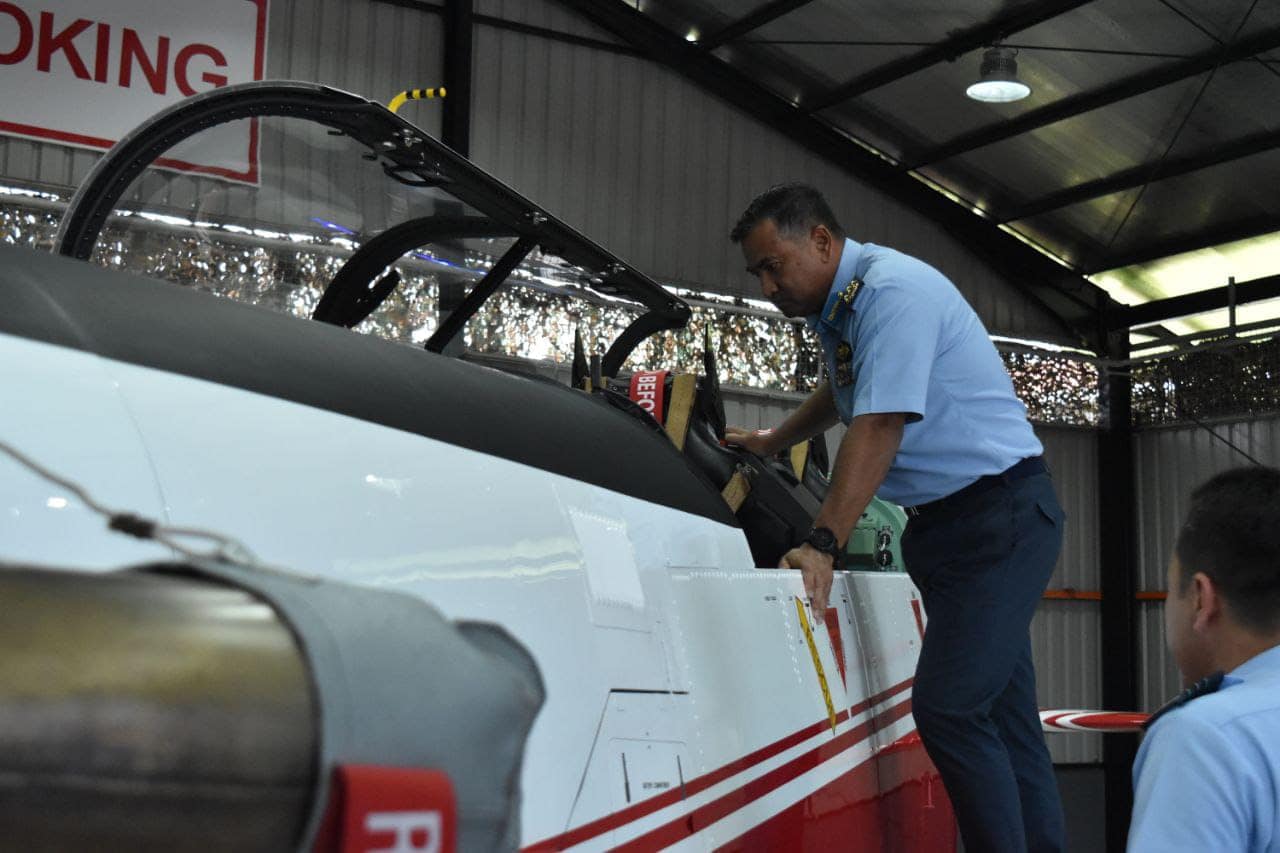
PESAWAT PC-7 MKII (M50-02) SELESAI PELAKSANAAN PROGRAM TSSR FASA 1 MULA BEROPERASI
ALOR SETAR, 30 Mei 23 – Panglima Pendidikan dan Latihan Udara, Lt Jen Dato’ Zahani bin Hj Zainal Abidin TUDM mewakili Panglima Tentera Udara telah menyempurnakan Majlis Penyerahan Pesawat PC-7 MkII (M50-02) Baseline Aircraft bagi Program Technical Services for Structural Reworks (TSSR) Phase 1 yang diadakan di Hangar Institut Latihan Instruktur TUDM (ILIT), Kolej Tentera Udara (KTU), Alor Setar.
Program TSSR bagi pesawat PC-7 Mk II milik TUDM adalah khidmat teknikal yang dicadangkan oleh pihak OEM iaitu Pilatus Aircraft Ltd bagi menyelesaikan masalah pengaratan pada struktur utama pesawat. Kaedah yang digunakan adalah dengan menukarkan keseluruhan airframe pesawat (fuselage dan wing) kepada material yang lebih tahan kepada pengaratan. Program ini telah bermula pada 18 Jun 2022 dan dijangka akan tamat pada Mei 2027.
TSSR dibahagikan kepada dua fasa. Fasa 1 adalah pelaksanaan “prototype” atau “baseline aircraft” di fasiliti OEM di Switzerland. Fasa 2 adalah pelaksanaan Program TSSR di fasiliti TUDM di KTU yang akan melibatkan Pesawat PC-7 MkII.
Bagi pelaksanaan Fasa 1, TUDM telah menghantar RMAF Maintenance Team yang diketuai oleh Mejar Ir. Wan Mohd Amin bin Wan Shuib TUDM bersama-sama tiga (3) anggota juruteknik iaitu F/Sjn Mohd Amirul Hafizzee bin Omar, Sjn U Mohamad Eri Hafifi bin Inchik Omar dan Kpl U Amirul Farhan Iswadi bin Yaacob untuk mempelajari kaedah pelaksanaan “Modification Order” bersama OEM. Tempoh masa “On Job Training” ini adalah selama enam (6) bulan iaitu bermula Jun hingga Disember 2022.
Pesawat M50-02 telah berjaya melaksanakan penerbangan pertama pada 2 Disember 2022 di ruang udara Switzerland setelah kerja-kerja “Modification Order” dilaksanakan. Setelah siap kerja-kerja pemasangan selepas penerimaan pesawat di KTU pada 15 Mac 23 oleh Tim Kejuruteraan TUDM dengan bantuan dua (2) Field Service Engineer (FSE) Pilatus, pihak Directorate General Technical Airworthiness (DGTA) telah melaksanakan audit verifikasi pembaharuan Special Flight Permit (SFP) pada 1 hingga 4 Mei 2023 dan mengeluarkan SFP bagi pesawat M50-02 bermula 8 Mei 2023 hingga 7 November 2023.
Lt Kol Mohd Norazan bin Othman TUDM selaku Flight Test Pilot telah dilantik sebagai Ketua Team Final Acceptance Test (FAT) bagi memastikan pesawat tersebut memenuhi Statement of Work (SoW) yang ditetapkan dan “Form, Fit and Function” serta “airworthy” untuk diterbangkan semula. Penerbangan pertama di ruang udara Malaysia iaitu FAT telah berjaya dilaksanakan pada 10 Mei 2023 oleh Lt Kol Mohd Norazan bin Othman TUDM dan dibantu oleh Mej Timhar bin Naufal TUDM dari ILIT sebagai juruterbang kedua.
Pesawat M50-02 telah mula melaksanakan latihan penerbangan bermula pada 13 Mei 2023 dan sehingga hari ini, sebanyak 13.46 jam penerbangan telah direkodkan.
Mr. Guido Anto Flury selaku wakil dari PAL telah memberi ucapan tahniah dan syabas kepada TUDM amnya dan TSSR-Phase 1 RMAF Maintenance Team khasnya kerana telah melaksanakan Program TSSR Pesawat PC-7 MkII (M50-02) dengan jayanya. Seterusnya detik bersejarah dirakam pada hari ini dengan sesi menandatangani Sijil Serah Terima Pesawat PC-7 MkII (M50-02) di antara Mr. Guido Anto Flury dengan Pegawai Memerintah ILIT, Leftenan Kolonel Mohd Fauzi bin Abdullah TUDM dengan disaksikan oleh Panglima Pendidikan dan Latihan Udara, Leftenan Jeneral Dato’ Zahani bin Hj Zainal Abidin TUDM dan Panglima Bantuan Udara, Mejar Jeneral Masro bin Kaliwon TUDM
Majlis ini turut dihadiri oleh AKS Kejuruteraan, Mejar Jeneral Hishammudin bin Abdul Rahman TUDM; AKS Materiel, Brigedier Jeneral Nor Azmi bin Abd Rahman TUDM; Ketua Pengarah DGTA, Brigedier Jeneral Ir Nordin bin Abdul Ghani TUDM; Ketua Staf MPBU, Brigedier Jeneral Muhd Aznor bin Hj Md Ghazali; Komandan Kolej Tentera Udara, Brigedier Jeneral Ramli bin Mohd Abd Jabar TUDM serta jemputan dari MTU, MPPLU, MPBU, PUSPEKA dan wakil dari Pilatus Aircraft Limited (PAL).
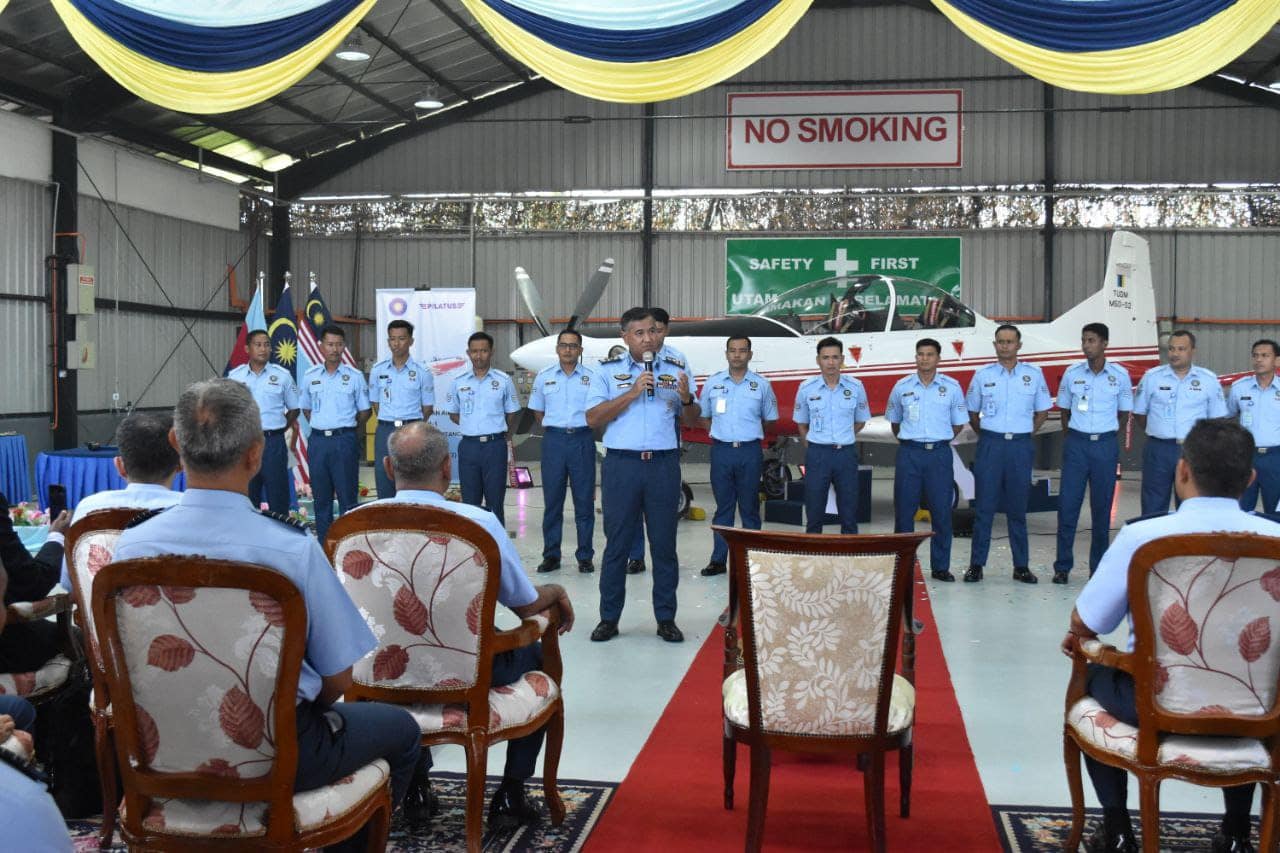
So is it a TSSR or SLEP? I guess its up to you then to decide which. Anyhow based on the story, one can surmised that RMAF like other air forces preferred to do the job of maintenance and even overhaul themselves by working with the OEM and other companies. The TSSR programme revealed yet again the folly of creating another maintenance company just to fulfil some dreams created long time ago.
–Malaysian Defence


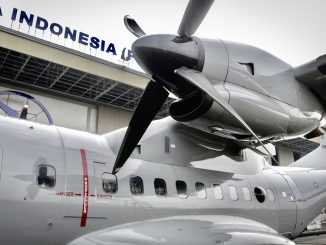
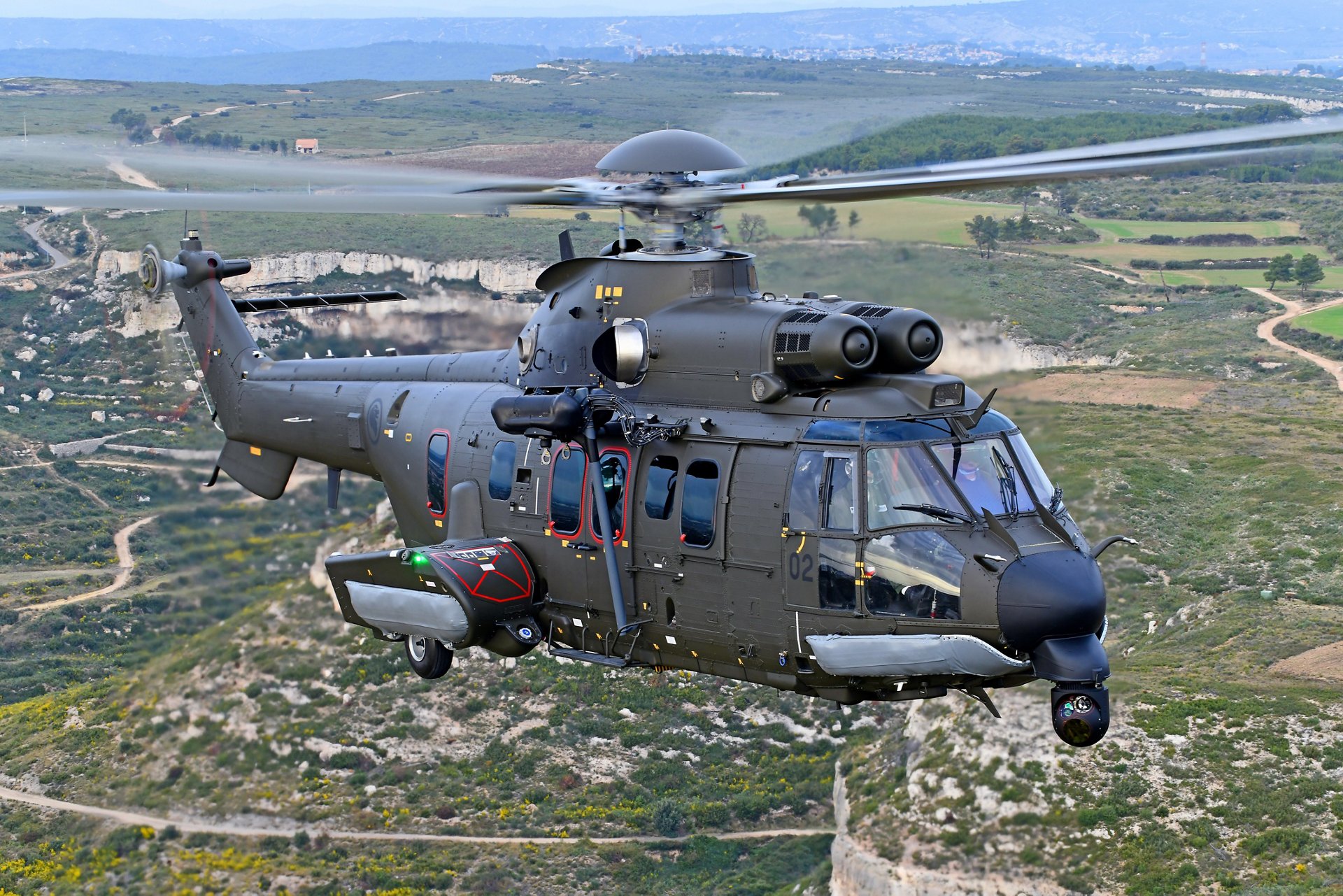
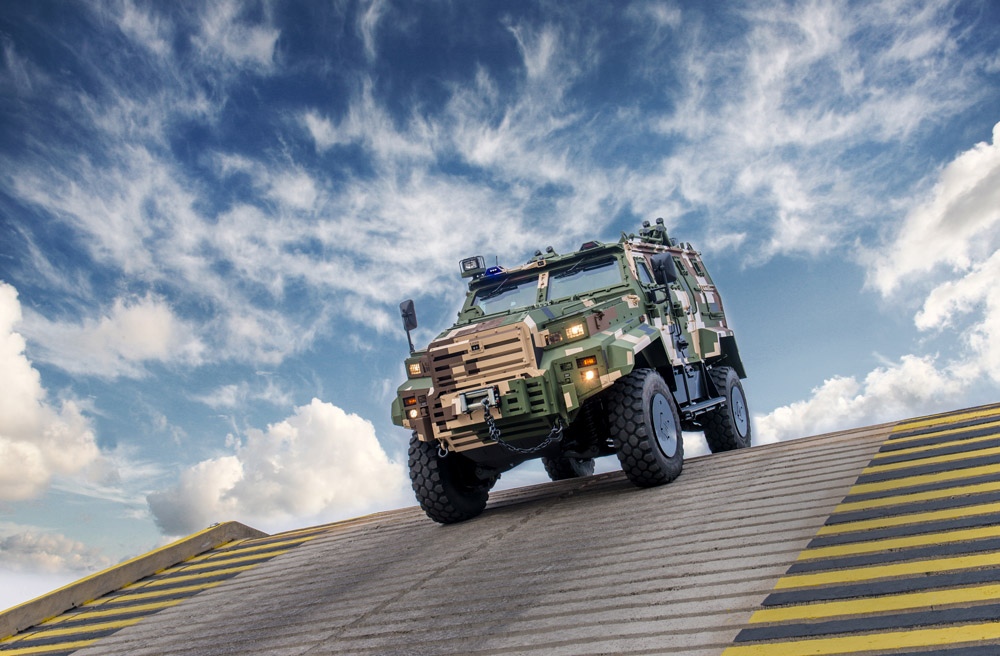
PC-7 MkII was 1st delivered in 2000 (from your own previous writings here)
it was bought in 3 batches
1st batch 9 aircraft
2nd batch 10 aircraft
3rd batch 5 aircraft
5 crashes to date, 3 w/o (2002,2009,2010) and 2 repairable (2006, 2019). Anyone know the serial number of the 2006 crash, or a picture of that crash? The Star has it but behind paywall.
Another LOA marhalim missed out in LIMA 2023
Dallas Airmotive Incorporated USA. RM89.9 million for the maintenance and overhaul of PT6A-25A, PT6A-25C, PT6A-42A AND TFE-731-5BR aircraft engines.
PT6A-25C are the engines on the Pilatus PC-7 Mark II. PT6A-25A are the engines on the retired Pilatus PC-7.
I was very skeptical about the total change of airframe and wings, but that is what was actually done.
https://pictr.com/images/2023/07/03/EwV7EA.jpg
Why is such a drastic change was needed? How bad is the corrosion issue that needs the whole aircraft structure to be changed? Does this happen to other tropical PC-7/PC-9 users say Thailand? Basically it should get a new registration number. But it takes up the illusion of it is the same aircraft, up to even retaining the same exact old paint scheme (and not change to the new overall red one on batch 3 PC-7 MkII).
Would the total change of airframe to be done on all 21 PC-7 MkII? The newest 5 airfrmes are just 7 years old. Would the discarded airframes theoretically could be sold off and rebuilt into complete airframes (say by installing PC-7 Mk1 engines)? Would the new airframes come with new serial numbers?
Also should corrosion-mitigating procedures and processes need to be installed at all TUDM airbases, such as the bird-bath system? https://media.defense.gov/2015/May/06/2001045972/2000/2000/0/150505-F-S1788-604.JPG
Is it something synonymous with TLDM’s rehulling program (minus the engine updates)?
No, I did not missed out the Dallas Airmotive LOA, it is not pertinent to the story
What’s the purpose of this aircraft again?
… – “How bad is the corrosion issue that needs the whole aircraft structure to be changed”
The pertinent question is why corrosion issues occurred? In the past CN-235s and Nuris which deployed to Layang Layang faced this issue but PC-7s?
… – “Basically it should get a new registration number”
Why? Would a RMN ship which has been reworked be allocated a new pennant number?
… – “Anyone know the serial number of the 2006 crash”
I use to know the Pilatus rep. He use to keep such details and assuming his email is still valid; will ask him if his replacement knows.
… – “Would the new airframes come with new serial numbers”
The case with the Sabres. There were “hybrids” which were allocated new serials.
Any plan to add on new pc-7mkX?
On the TSSR
– Recently Pilatus launched the PC-7 MkX. The MkX is probably the latest airframe without the corrosion issues + new propeller spinner + new wingtips (strobe lights now near the trailing, rather than the leading edge) + cockpit touchscreen MFDs. Will the TSSR implement all the upgrades of the MC-7 MkX?
– The PC-7 MkX prototype/demonstrator airframe serial number is 1000 which is out of sequence from the last serial of PC-7 MkII, serial 769 which is the M50-24. Is the new M50-02 airframe serial number allocated 1001? Or is it still allocated serial number 609? There could be a possibility in the future of 2 PC-7 MkII with same serial of 609.
– on the PT6A-25A, PT6A-25C. Externally, and mounting-wise both are similar. But PT6A-25C version uses PT6A-34 hot section; T-3B first stage compressor blades and long inducer propeller; A-100 large bore reduction gears. Ratings and limits are the same as the PT6A-34 engine version.
– PC-7 MkII is allocated a civilian type certificate by Swiss FOCA under Type Certificate No. F 56-25. So it can be registered as a fully compliant civil aircraft. Even if those airframes have corrosion issues, it could be rectified/repaired, and rebuilt as civilan registered aircraft, which will fly only a few times annually. I would prefer an aircraft built from the TUDM airframes, with full civil type certificate, rather than buy one of those retired Ex-RAAF PC-9/A with more than 10,000 hours and flying under Experimental type certificate.
https://pbs.twimg.com/media/Fn3p4srWQAMfCLy.jpg
AFAIK, no
Abd initio (basic flight training) and advanced flight training. All pilots of the RMAF and other services got their wings on the Pilatus
This is probably outside the scope of this article but I wonder if it is still necessary to have jet trainers anymore. Pilatus claims that its’ turboprop-powered PC-21 can be used as a basic, advanced and even fighter lead-in trainer. I believe the French Air Force bought the PC-21 to replace its Alpha Jet trainers.
It depends on the air force really, RMAF still thinks its need the turbo prop trainers. Anyhow, RMAF use the PC-7 Mark II as an ab-initio trainer, most air force uses a smaller trainer.
Does the RMAF still have a requirement for more Mk2s? We had about 44 Mk1s.
Supposedly USAF is looking at more training in a ‘jet trainers’ while reducing training on the MRCA to reduce cost & qualified pilots fasters
AFAIK No
At one time we had Aerotigas which we used as a “basic” trainer before plots transitioned to the Pilatus. The RMAF is on record as saying it would save cash and wear and tear on the Pilatus. Have no idea why it was retired after only a short period in service.
PC-7s are operated not only by FTC-1 but also FTC-3 which has/had a few. It was mentioned somewhere years ago that the Mk1s would be sold to the Philippines but why the PAF would want aged and worn out airframes is beyond me.
I was told it was worse than the Bulldogs that they had before…
If the airframe have been effectively reset to zero, then that only left to maintain & make replacements of the engine and electronics when necessary. And if this is the case, does that mean the aircraft lifespan will able prolong further than the manufacturer had intended for the initial aircraft?
Bulldogs are fully aerobatic aircraft.
MD3-160 isn’t. It is just a basic trainer with no aerobatic capability. It was designed with modularity and interchangeability in mind to make it cheap to manufacture.
Not all aircraft are aerobatic capable. Aircraft certified in aerobatic category have a more stronger airframe that could withstand higher G loads.
The MD3 is probably equivalent to the Cessna 172 that many civilian pilots learned to fly.
Using the MD3 for just a handful of hours (basic VFR flights only) before moving on to the PC-7 at the time is probably not worth the hassle for TUDM. Combined with the lack of interest of SME Aerospace to sustain the aircraft in service, leaving many unservicable even with very low flying hours.
In the future aircraft such as the MD3 or equivalent still have a place in the training pipeline, if more hours can be used in them. Equipping such aircraft with diesel engine (that uses AVTUR fuel like PC-7 instead of AVGAS) and the latest touch screen EFIS MFD would open up more uses such as:
– IFR (Instrument Flight Rules) training
– navigation and cross country flying training
– night flight training
Flying more hours on cheaper aircraft instead of PC-7 on basic training needs could save money, and could increase the pilot training output (enabling say all future medium and large UAV operators to be trained as basic pilots)
The MD3 was originally supposed to be a kit aircraft to be assembled from home. One aircraft at a time so every aircraft would be different. That was the reason that SME Aerospace got a problem when they bought the rights to the aircraft and wanted to do serial production. So in the end they had to build a jig for the aircraft so they could a serial production out of it. I was told that BAE Systems which supposed to work with SMEA for the production of the aircraft had advised them to find another design but of course it was ignored. They continued working with SMEA until they were longer contractually bound to do so. A number of Malaysian engineers got experience on it but that is the end of the TOT then.
Yes, likely
… – ”Using the MD3 for just a handful of hours (basic VFR flights only) before moving on to the PC-7 at the time is probably not worth the hassle for TUDM.”
On the contrary it was well ”worth the hassle for TUDM” because it led to costs savings and reduced wear and tear on the PC-7s. We know this from statements issued.
… – ”Combined with the lack of interest of SME Aerospace to sustain the aircraft in service”
Was it a ”lack of interest” on the part of SME of disinterest on the part of the RMAF?
A similar issue was also encountered with the Eagle 150.
… – ”Flying more hours on cheaper aircraft instead of PC-7 on basic training needs could save money,”
Which is precisely what the MD3-160 was utilised for.